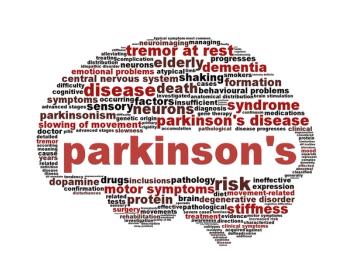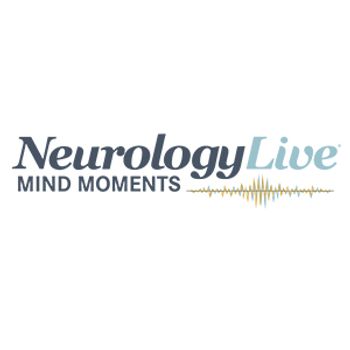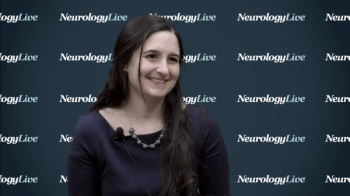
Neurology News Network for the week ending August 17, 2019.


Neurology News Network for the week ending August 17, 2019.

The review is an update to a drug safety communication initially issued in 2010 after trial results suggested a possible increased risk for prostate cancer with use of entacapone.

The review is an update to a drug safety communication initially issued in 2010 after trial results suggested a possible increased risk for prostate cancer with use of entacapone.

The director of the University of Southern Florida’s Parkinson's and Movement Disorders Center spoke to the current Parkinson disease therapy landscape and what he learned from a recent survey of patients and caretakers.

Using principal component analysis, the findings suggest that CAG repeat length strongly predict the rate of cognitive-motor decline in patients with Huntington disease, with higher CAG resulting in earlier and faster decline.

The director of the University of Southern Florida’s Parkinson's and Movement Disorders Center shared insight into the current focus on the nonmotor aspects of Parkinson care and the findings of a survey of patients and caregivers.

The neurologist at Cedars-Sinai Medical Center shared insight into the PKG’s use and what the wearable monitoring device can provide to physicians who treat patients with Parkinson disease.

New study findings confirm that idiopathic rapid‐eye‐movements sleep behavior disorder and RBD secondary to narcolepsy type 1 can be identified via video‐polysomnography and skin biopsy for phosphorylated α‐synuclein deposits.

Dysphagia is a common symptom and complication of neurologic disorders, yet no clear treatment protocol has been identified.

The professor of neurology at University Medical Center Schleswig‐Holstein, and member of the department of neurodegenerative diseases at University Hospital Tübingen shared insight into the quantitative gait characteristics measured by wearable devices which can play an important role in the identification of prodromal Parkinson disease and its progression.

Mind Moments® a podcast from NeurologyLive®, brings you exclusive interviews with experts in neurologic disorders.

The staff neurologist at Cleveland Clinic’s Mellen Center for MS shared her insight into the use of telemedicine in an outpatient setting across a number of subspecialties in neurology and how it can supplement care going forward.

Neurology News Network for the week ending August 3, 2019.

On our anniversary, take a look back at some of our most popular articles and interviews across a range of neurology topics.

At usual-speed walking, a number of domains of gait variability, pace, asymmetry, and postural control were significantly predictive of conversion to Parkinson disease, and could be used in combination with markers to identify prodromal disease and its progression.

Investigators found reductions in tic frequency and increases in the number of tic-free intervals when children were merely asked verbally to suppress their tics, and when an immediate and contingent reward was delivered for successful tic suppression, tic suppression was enhanced.

The PKG wearable was able to more effectively and objectively assess motor fluctuations in patients with Parkinson disease than standard patient-reported motor diaries.

The PRIAMO study data showed that men with Parkinson disease who had been sexually active in the past 12 months were more likely to have lower motor disability, better quality of life, and lower depression scores. No similar associations were observed for women.

The Accordion Pill C/L did show success in treating the symptoms of Parkinson, despite the lack of significant differences. Although it also failed to achieve superiority in secondary end points.

The PD GENEration program will offer no-cost genetic testing for Parkinson-related genes and genetic counseling, using the data for future research into the development of personalized medicine and interventions in Parkinson disease.

The International Congress on the Future of Neurology will take place this Fall in New York City, converging experts in neurology to discuss the latest data and best practices to better inform clinical decision-making.

The prescription drug user fee act target date is scheduled for April 26, 2020.

A phase 1/2 clinical trial is expected to be initiated in the second half of 2019.

The staff neurologist at Cleveland Clinic’s Mellen Center for MS shared her insight into the use of telemedicine in an outpatient setting across a number of subspecialties in neurology and how it can supplement care going forward.

VMAT2, given its role in presynaptic packaging, storage, and release of dopamine, has emerged as a promising target for therapeutic interventions to manage movement disorders.